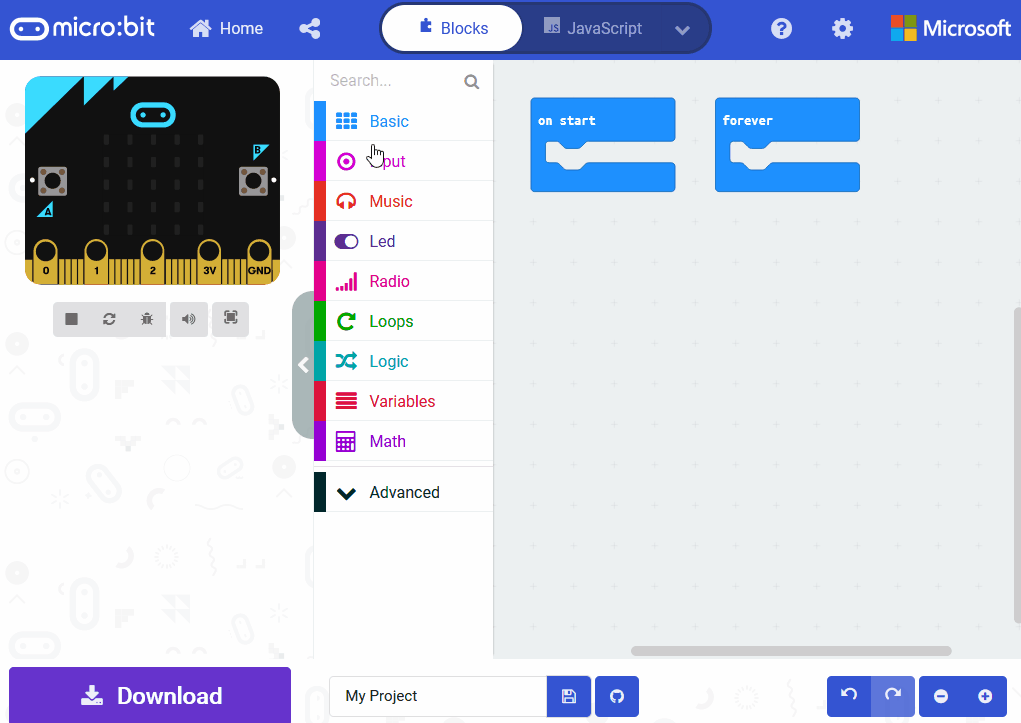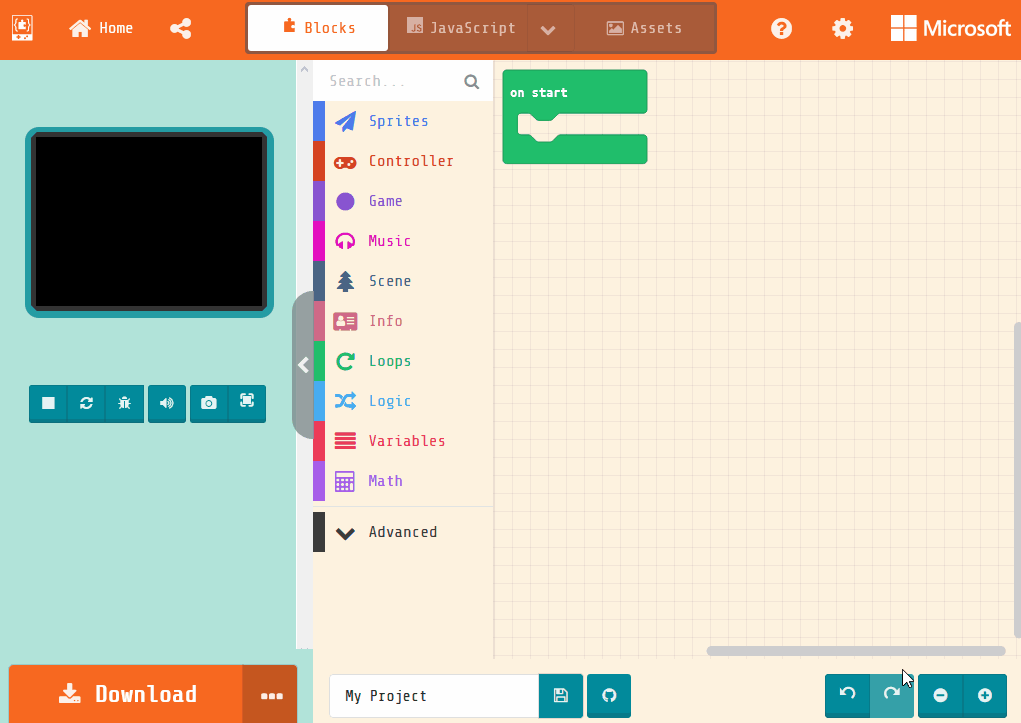Begin by framing students as robot artists to spark excitement, ensuring they grasp the core idea of symmetry through a quick discussion and board demo. Prepare worksheets and markers in advance, and use the interactive tool on-screen to model mirroring steps, encouraging students to call out moves for engagement. Focus on precision in reversing steps and directions, pausing to debug errors collectively. Be ready for challenges like misaligned drawings by coaching mini-debugs, and differentiate by letting early finishers add mirrored details. Keep a steady rhythm to maintain focus and reinforce real-world symmetry examples.
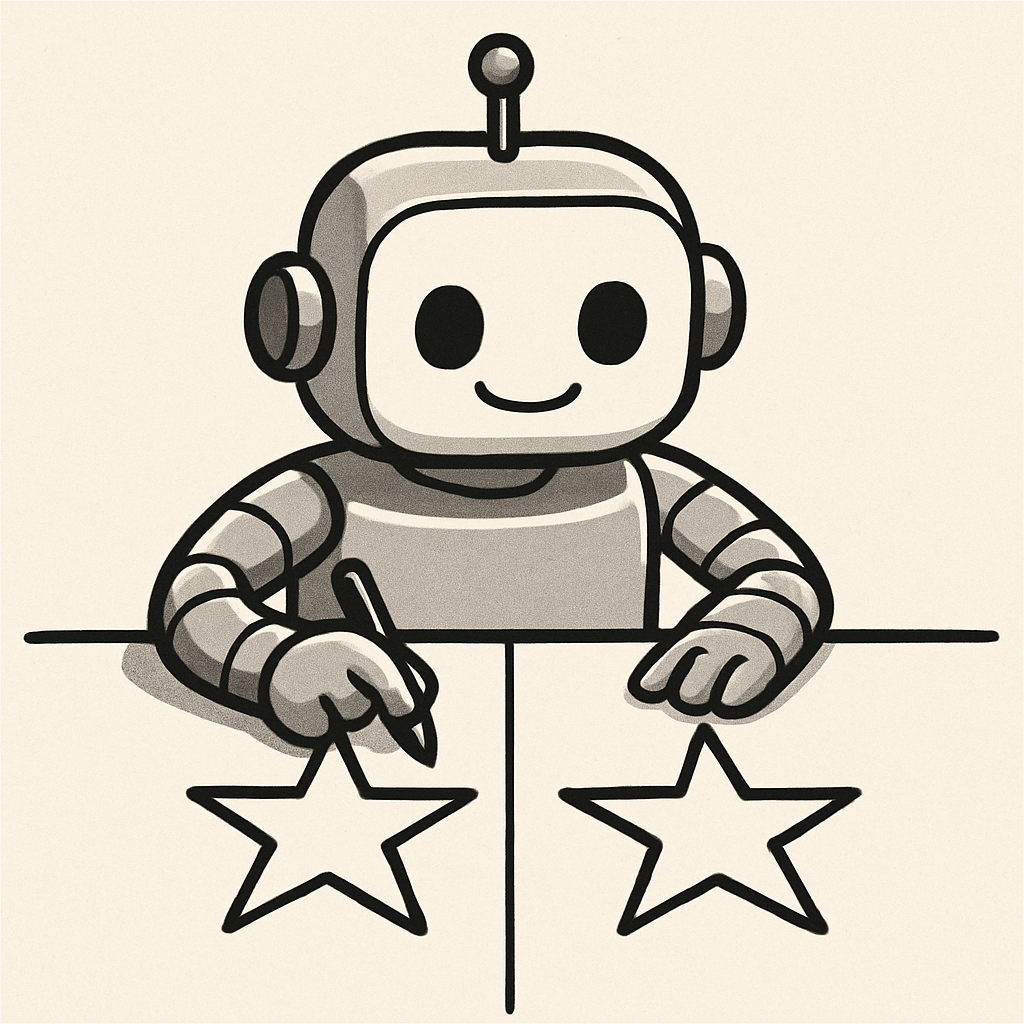 Today students will follow a code to create a mirror image.
Today students will follow a code to create a mirror image.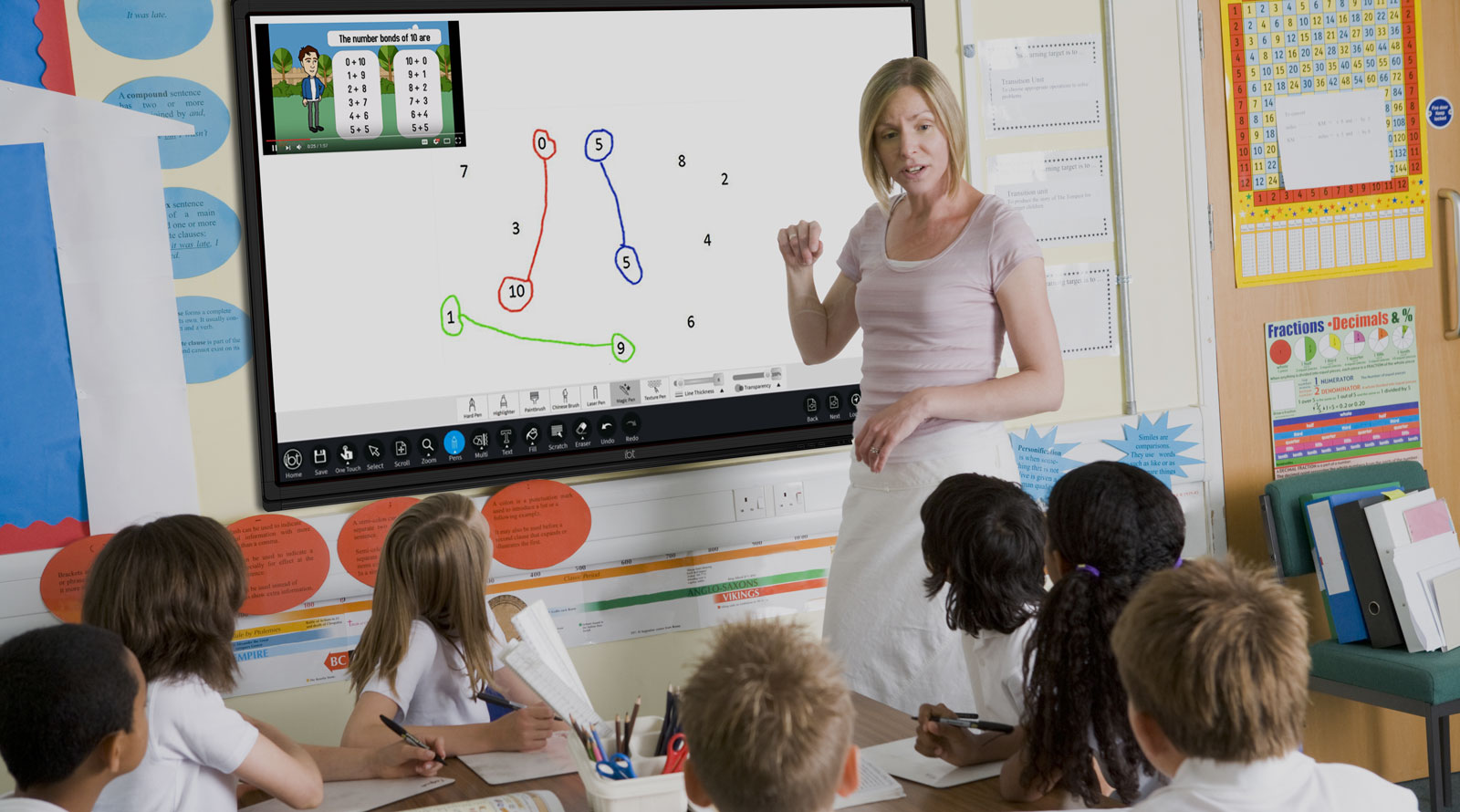
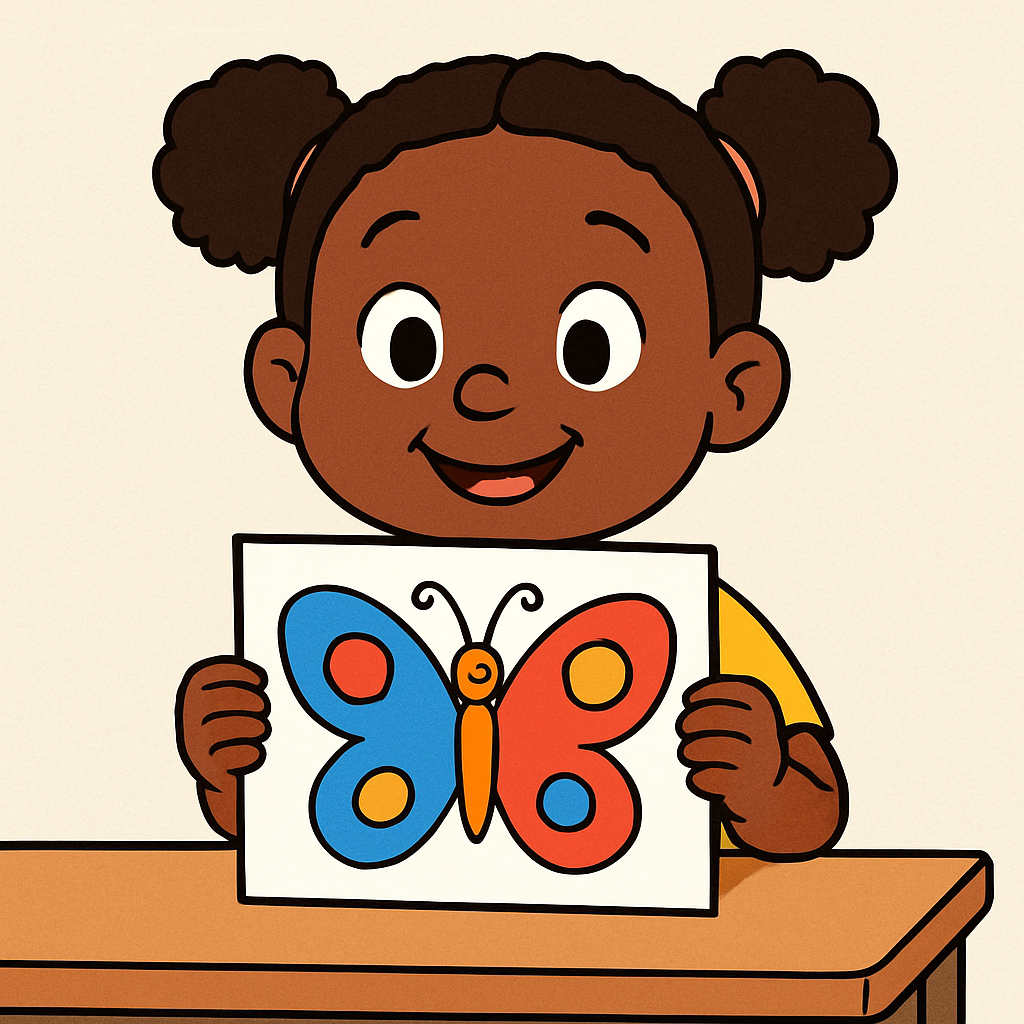 Start with a quick discussion about symmetry, what the word symmetry means and where we might have seen it before.
Start with a quick discussion about symmetry, what the word symmetry means and where we might have seen it before. 

